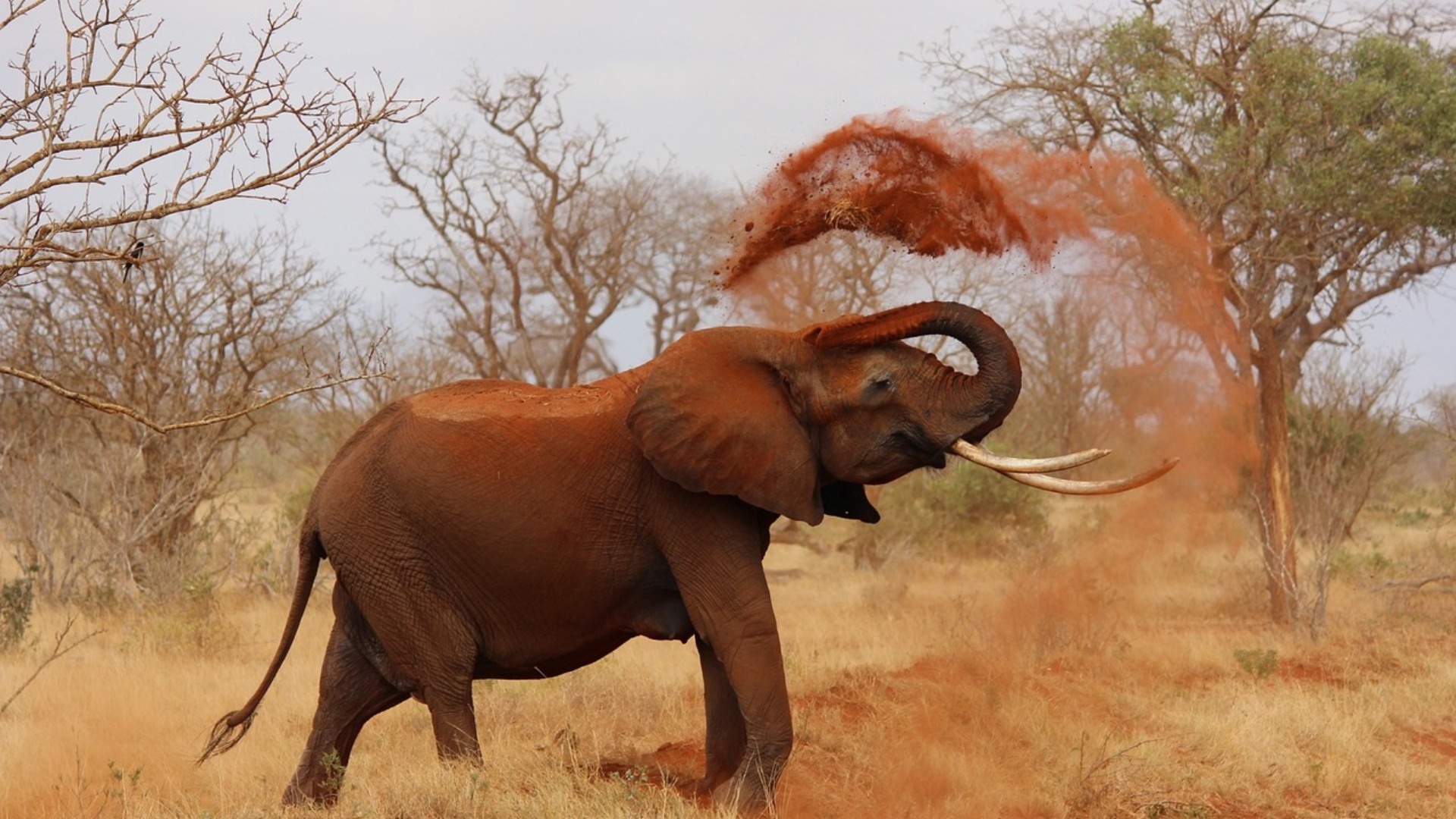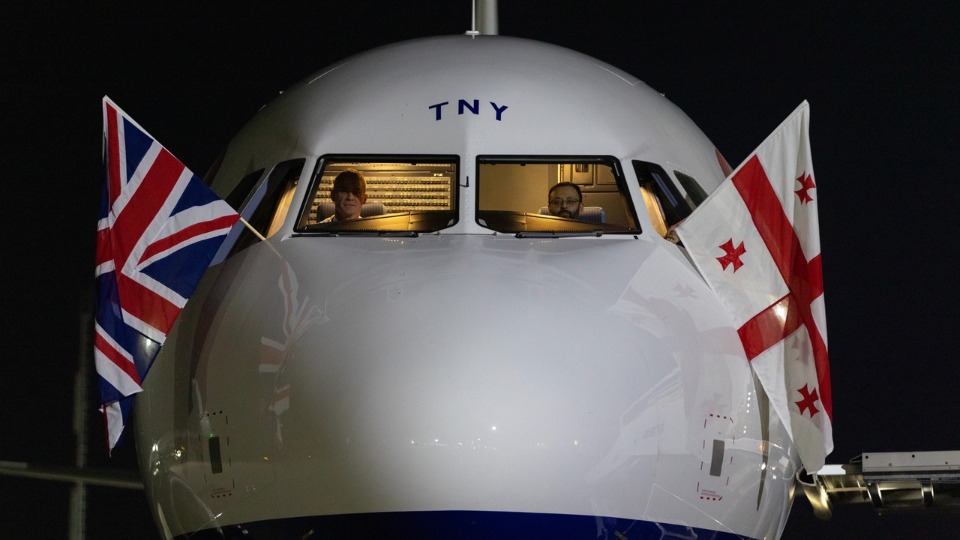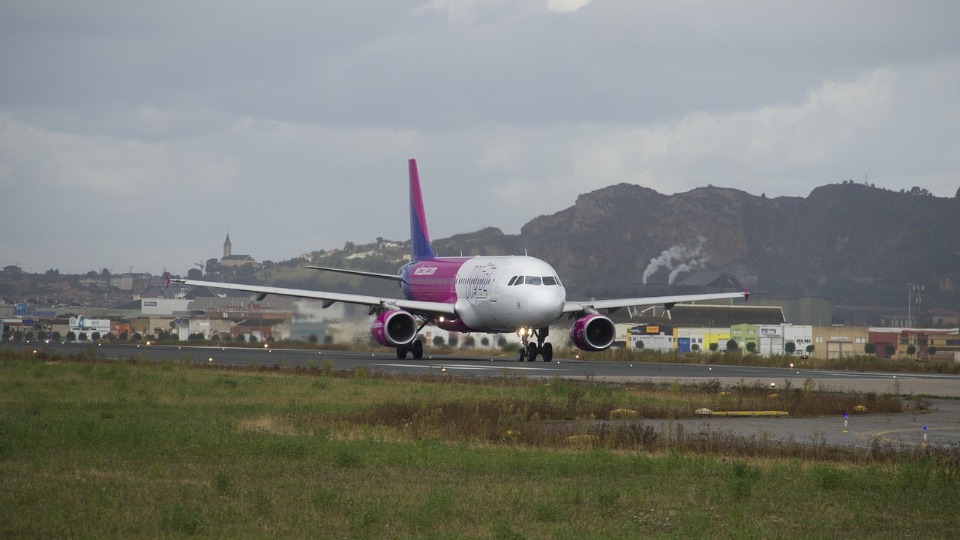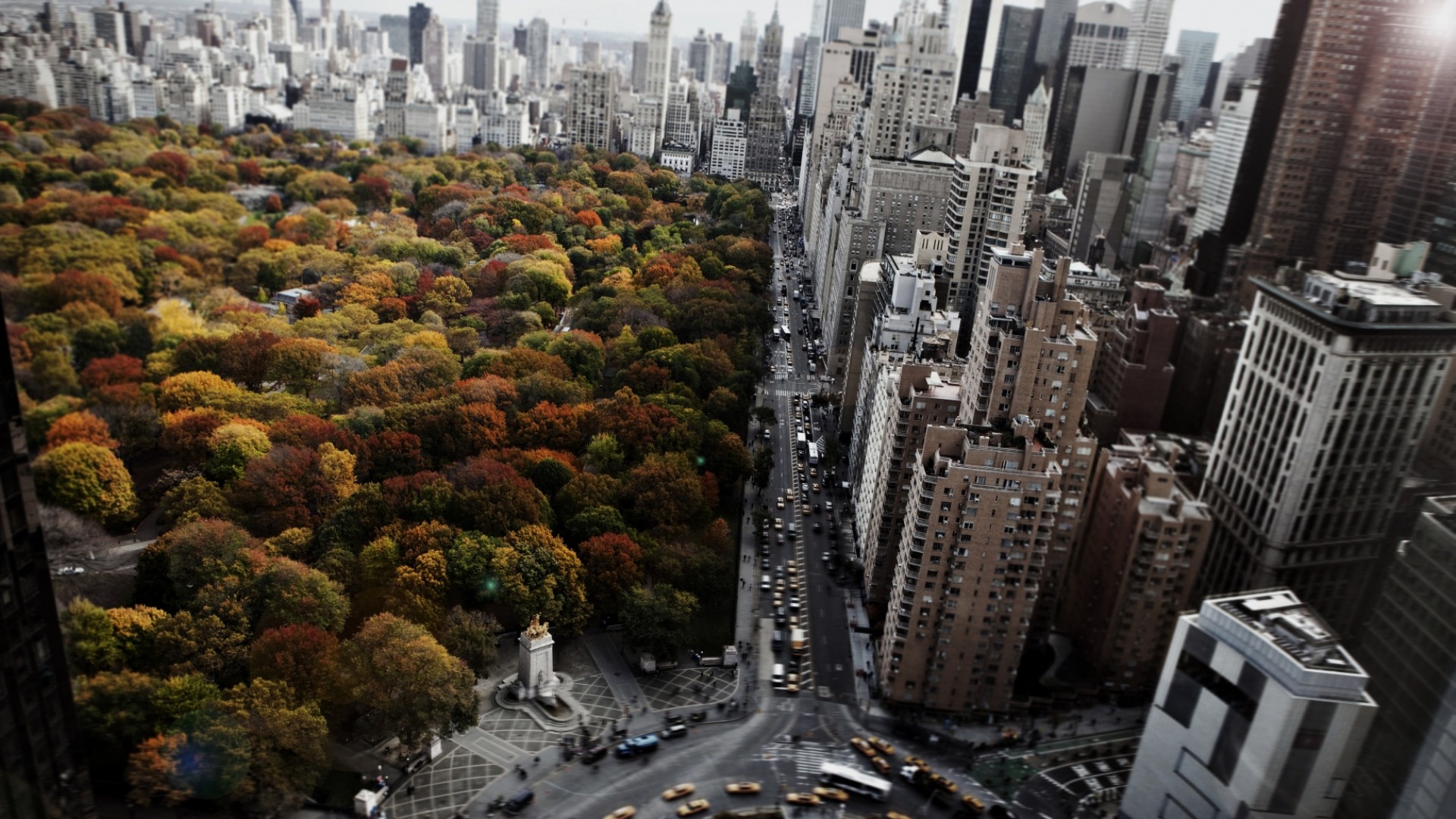
The worldwide wildlife tourism sector is projected to account for $219.9 billion ten years from now

People of all ages and social classes usually visit these places, from pupils and students to dedicated wildlife professional photographers willing to educate their followers about the beauty of wild flora and fauna through their unique materials.
Moreover, the more visitors at wildlife destinations the better, as they directly impact, in a positive way, the animals’ and local communities’ quality of life. But perhaps by far one of the best aspects of wildlife tourism is that the presence of tourists in certain natural areas will most probably stop poachers from killing wild, endangered animal species. However, negative consequences also exist in the sector, especially when the visitors are actively disturbing the same animals they are so eager to study and photograph.
Tourists may explore the surroundings by water or by using various local transportation means, which also boosts local revenue. For example, travellers to sunny Africa, primarily Kenya and Tanzania, can enjoy hot air balloon experiences, similar to other areas where canoeing, kayaking, and river cruises are more popular. Others prefer the Indian sanctuaries where they can observe tigers, with Ranthambore wildlife sanctuary and Kanha National Park the most popular choices if willing to watch these majestic felines from a small distance. Walking or cycling in nature are the main activities chosen in less dangerous habitats.
Besides getting to watch different animal species in a natural environment, many visitors choose to travel to sanctuaries in order to relax away from the crowded city life. So as long as the international demand is high, both the wildlife and ecotourism sectors will also continue to develop and grow.
According to FMI Analysts, the sector’s revenue for 2022 alone is expected to reach $135 billion. The growth is explained by the fact that wildlife enthusiasts will always happily return to the sanctuaries if they know that their money will be invested in species and diversity conservation, resulting in a huge contribution for the wildlife tourism industry. The global wildlife tourism market is projected to account for $219.9 billion by 2032, with the United States expected to be the leader of the wildlife tourism market.
Source: futuremarketinsights.com








